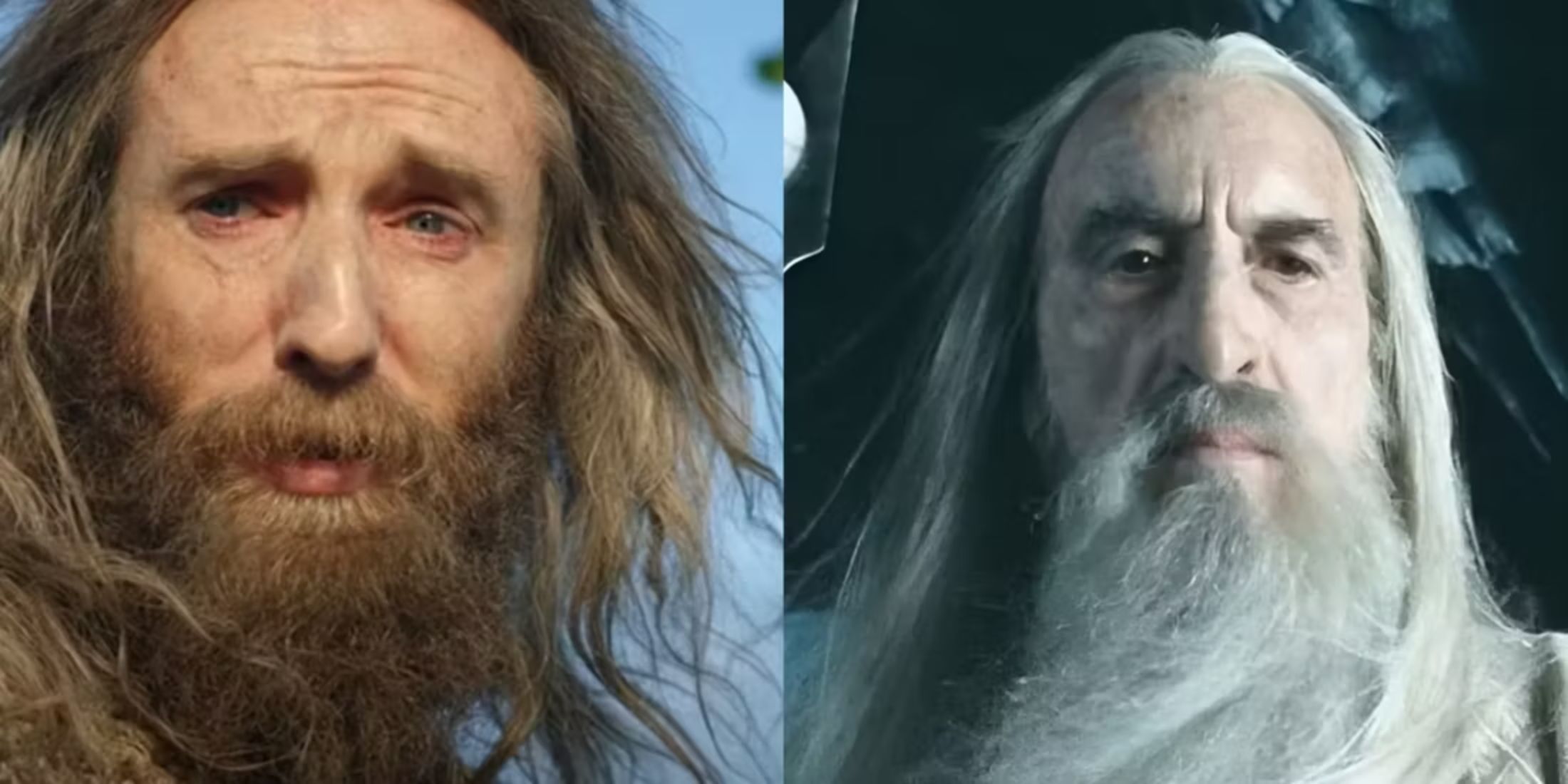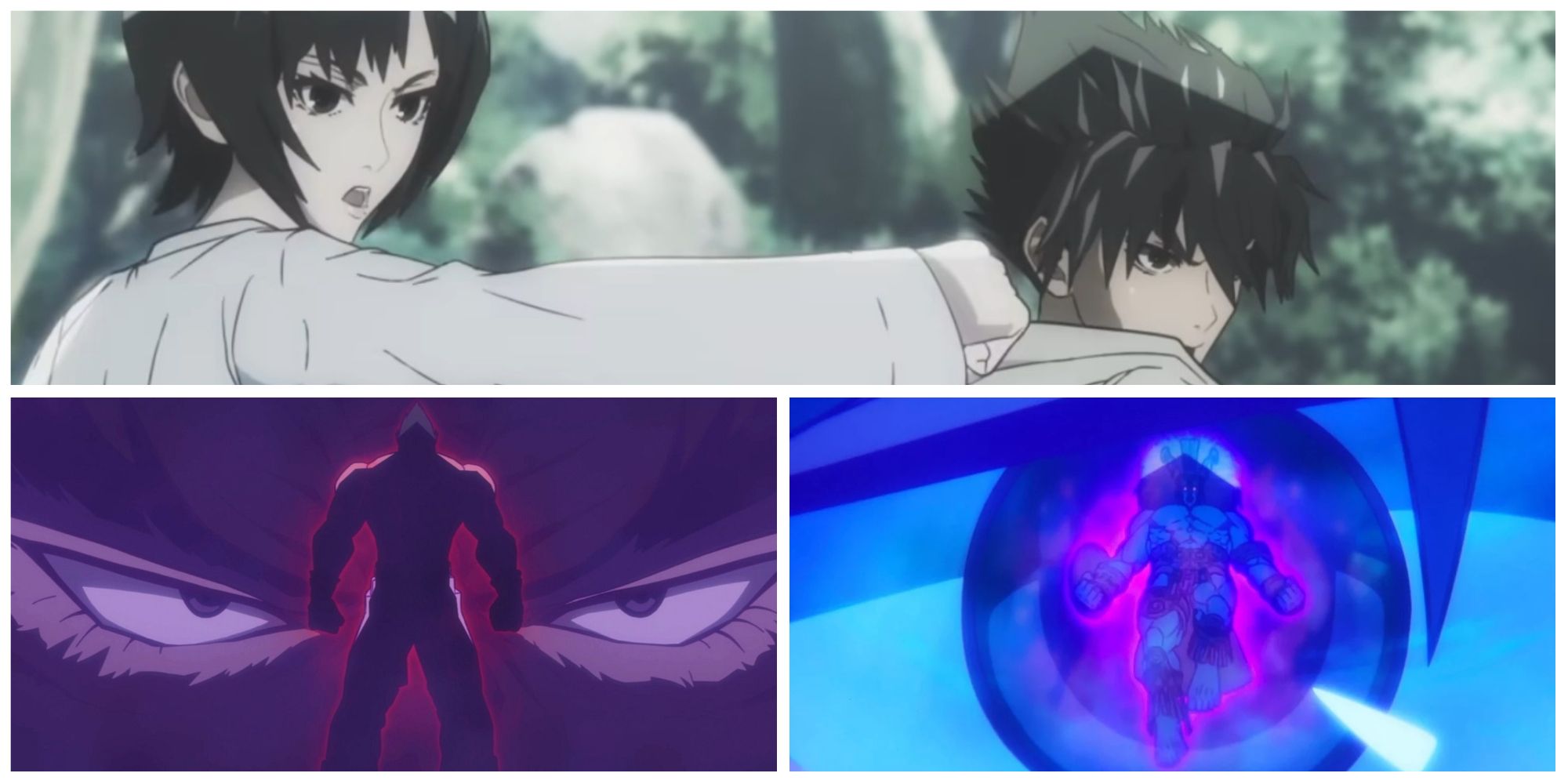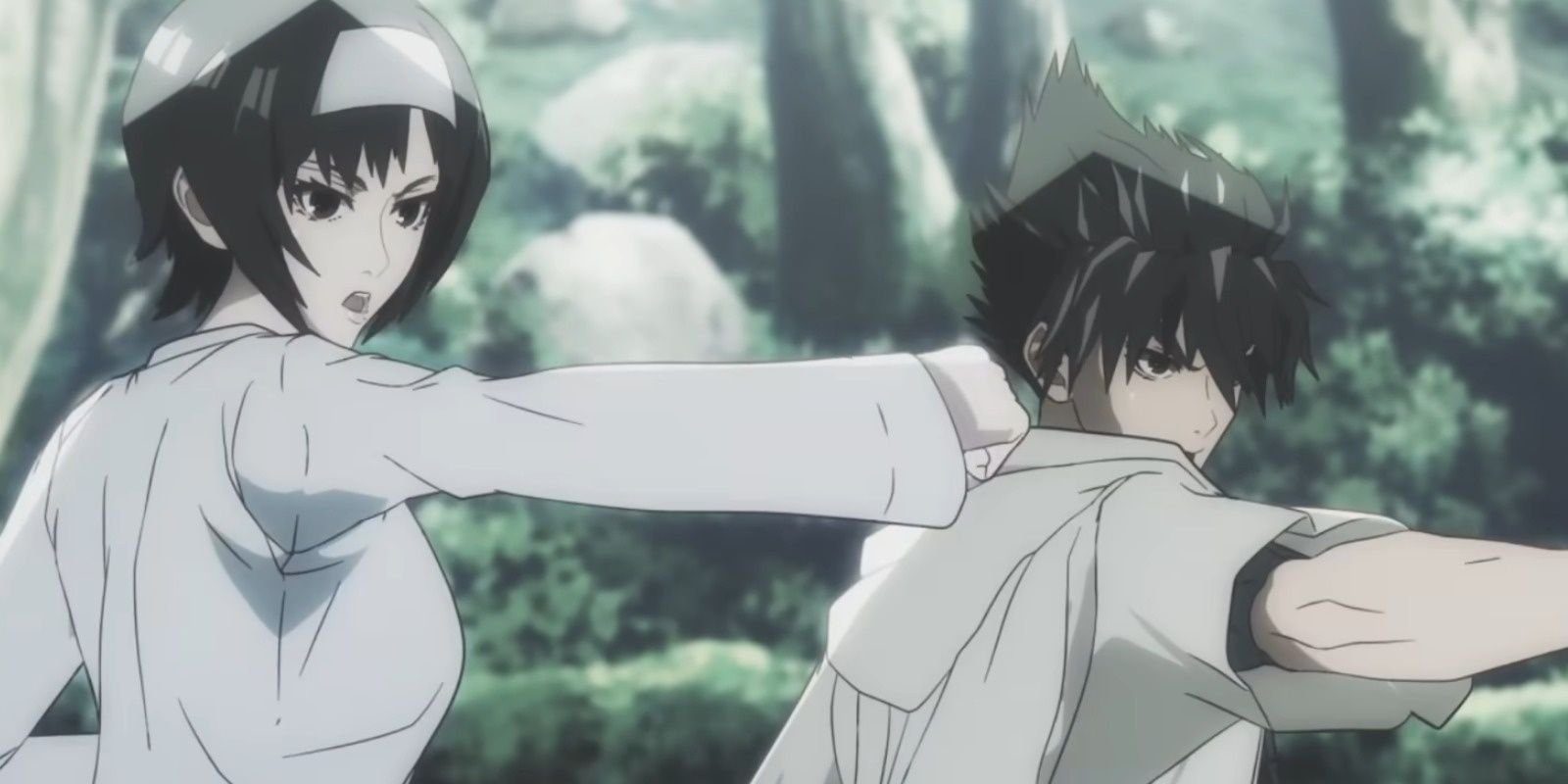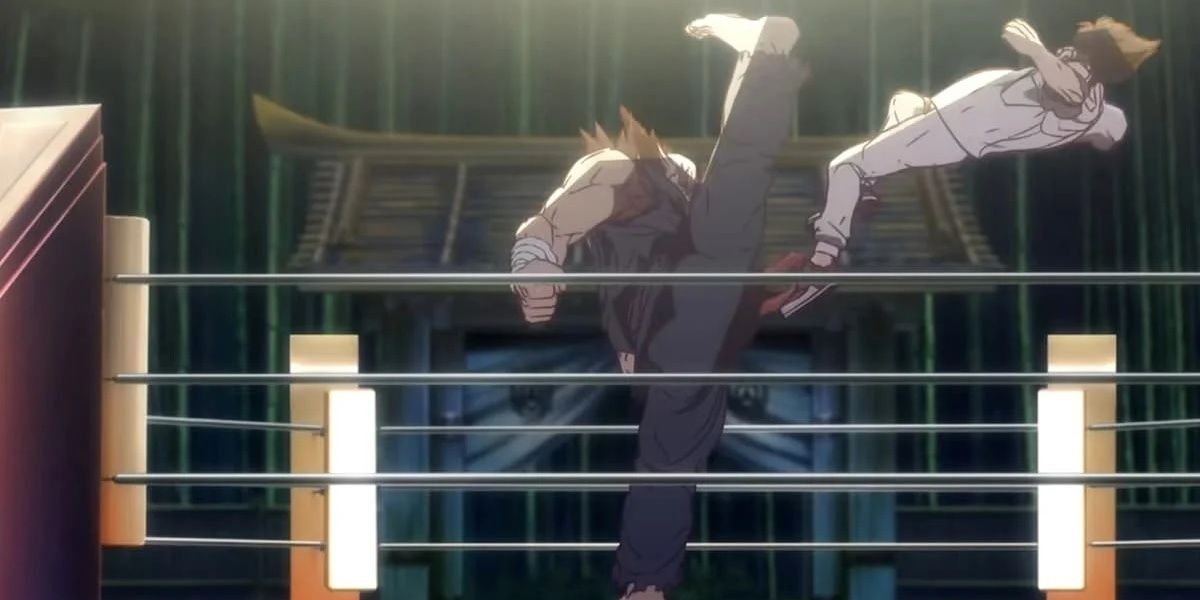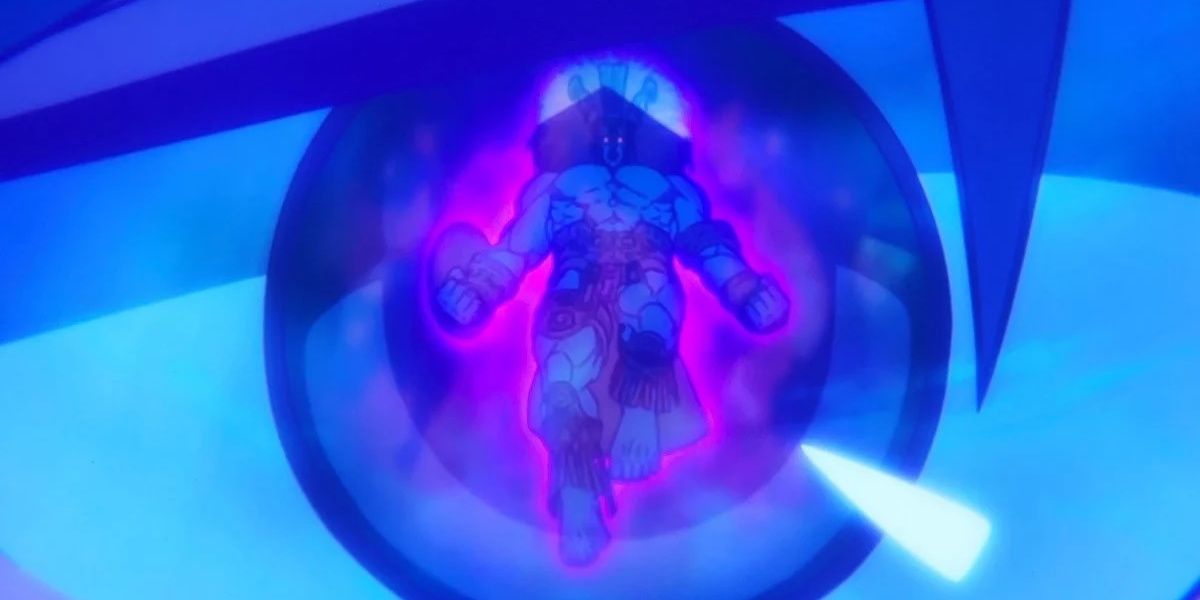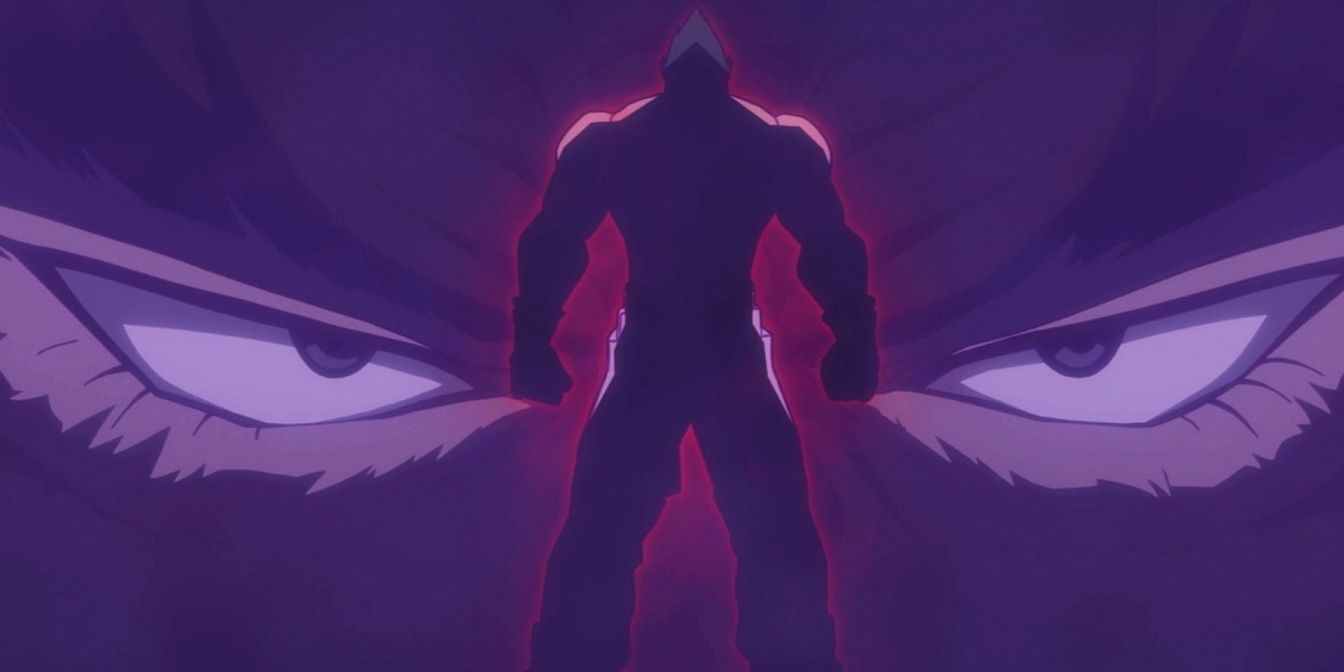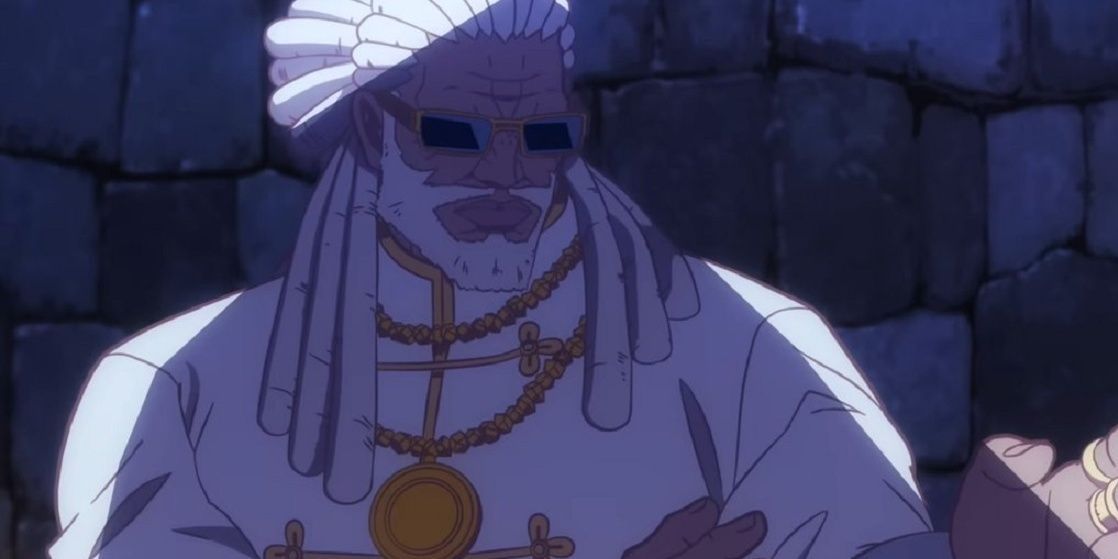It’s finally here. Netflix’s newest animation, Tekken: Bloodline, adapts the events of Tekken 3 into a 6-episode series for fans of the franchise. The show follows Jin Kazama as he goes from a young teen living with his mom in the woods, to the fearsome fighter people know him as. That said, Tekken 3 wasn’t exactly a story-heavy game, and it was released 25 years ago in arcades now.
The show needed to alter things to fill the runtime and to appeal more to newer Tekken fans. Here are some of the changes Tekken: Bloodline made across its episodes. There aren’t any big spoilers here, just things to look out for. But if anyone wants the show to be a total surprise, watch it all on Netflix first before reading further.
6 The Backstory Gets Beefed Up
On paper, Jin’s backstory in Tekken 3 and Bloodline is the same. But the show has switched things up or added things for flavor. Like Jin having trouble with the bullies back at home, alongside other locals. It gives his mother Jun a chance to teach him a lesson, verbally and in Kazama-style martial arts, and to reveal she went on safari in Africa!
Then, Heihachi enters the picture, and his training regimen is much more extreme than Jun. He’s much more of a hardass, with a more brutal routine that involves breaking Jin down and rebuilding him from the ground up as a Mishima. Still, it has its upsides, as he makes some familiar friends along the way.
5 Storylines Cross Over
It’s through these training scenes that other story elements from Tekken 3 come in. Jin went to train with his grandfather Heihachi because Ogre, a fighting spirit, challenged his mother. From then on, Jin learns his mom wasn’t his only victim, as characters from Tekken 2 are presumed to have fallen to him as well.
He has a connection to a pendant Heihachi picked up, which matches one Tekken 2’s Michelle Chang held in that game’s ending. Needless to say, the show’s creators had an eye for detail. Likewise, the Devil Gene, which didn’t originally turn up in the storyline until Tekken 4, gets introduced and explained in the show.
4 New Faces, New Places
Unlike some earlier Tekken films, Bloodline avoids making new characters for the classic cast to work around. The show largely focuses on Jin, Hwoarang, Xiaoyu, and Heihachi, with a few familiar faces on the sidelines. That said, the show gives Heihachi a secretary in the prim and proper Ms. Miura, who provides exposition and gets characters from A to B.
The games tended to take place all over the world, be it in a grimy space in the slums, a flashy stadium, or a Mayan temple. Once the tournament gets going, Bloodline sticks to some ruins in Peru. Which is a little further south than the Mayan lands where Ogre’s basis, Buluc Chabtan, came from. Still, the show spices it up by going to different parts, from within the jungle to an ancient arena among other features.
3 Characters From Older Games Return
Some familiar faces from the past return, largely as cameos. Ganryu was absent from T3, but he comes back here as a lackey for Heihachi. Marshall Law also skipped that game in favor of his son Forest. But since he hasn’t been in a main entry game since T3 or any game since Tekken Tag Tournament 2, Marshall steps up for a brief stint in the spotlight.
The most significant return would be Kazuya Mishima, Jin’s deadly daddy. He largely appears in flashbacks, as Jin looks him up online, and presses Heihachi for information on his whereabouts. As brief as his appearances are, they do build him up as a menacing presence, a dark cloud that looms over Jin from the outset.
2 Characters From Later Games Appear Early
Speaking of cameos, characters from later Tekken games jump the gun to surprise the fans. Feng Wei appears in the tournament line-up two games before his canonical debut in Tekken 5. Marduk and Steve Fox also pop up, despite being Tekken 4 originals.
The biggest queue jumper comes from Tekken 7’s Leroy Smith. He first terrorized that game’s roster in 2019 before patches and updates brought him down a tier or two. Not only do he and his adorable dog Sugar appear four mainline games early in Bloodline, but he gets one of the show’s spotlight fights. Should there be a Bloodline 2, chances are he’ll be back, and likely with a few more out-of-time characters.
1 Altered Roles
Given the show only has six episodes, most of the Tekken cast serve as cameos, while the few that get some significance stray a little from the T3 canon. Nina Williams isn’t an amnesiac, as she delivers some exposition on the Mishimas. Her role as an assassin is also only hinted at to provide flavor for her fight. Hwoarang is still a rival to Jin, but they’re on friendlier terms, acting more like Tekken’s Ryu and Ken than its Kyo and Iori. King is introduced as a threat, complete with glaring eyes during his key episode’s intro.
The biggest change likely comes from Paul Phoenix, though others may see it as a return to form. Tekken has largely treated the flat-topped judo fighter as a joke character, bumbling through sitcom-esque plans with Marshall Law. However, in the earlier games, while there were jokes at his expense, he was also treated as a serious fighter. Bloodline goes back to this by reminding fans he fought Kazuya to a draw and served as a mentor to Jin in his journey. So, if there’s anyone who’s had Paul as their main since the 1990s, Bloodline will give them vindication.



